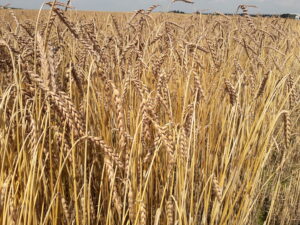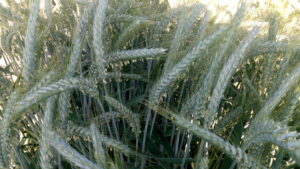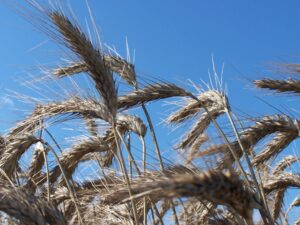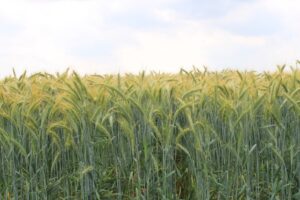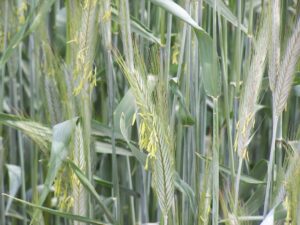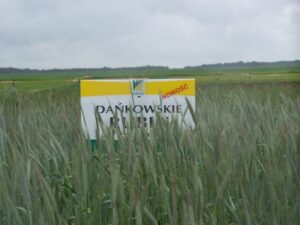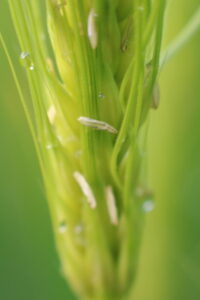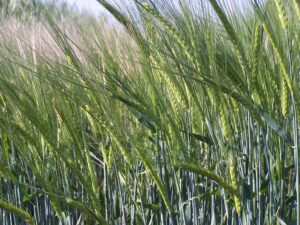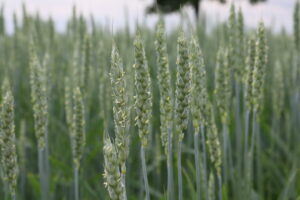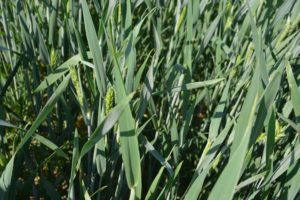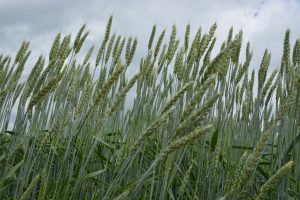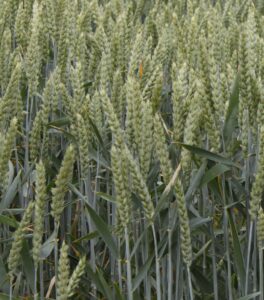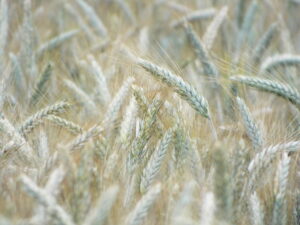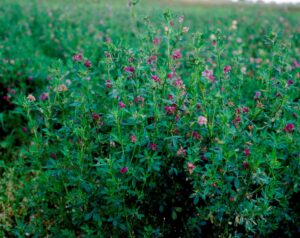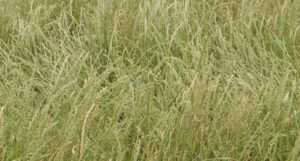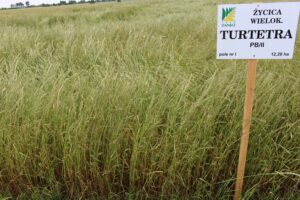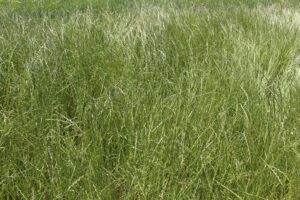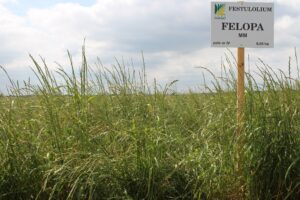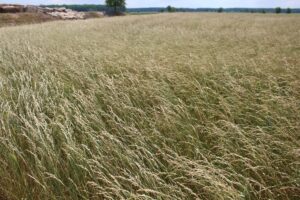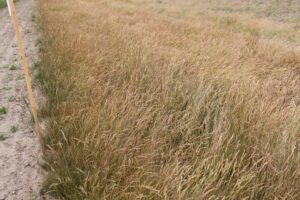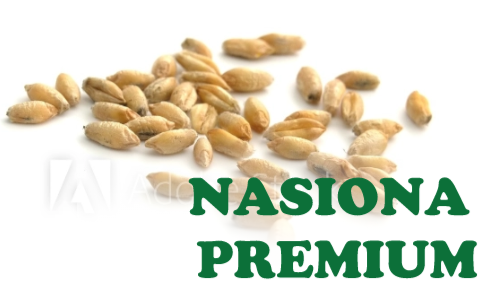- Kita is an intensive cultivar with very good yielding.
- Vegetative shoots have abundant foliage, which provides high feeding value.
- It is a late variety earing at the end of 1st decade of June.
- It has an average offshoot rate.
- It shows good resistance to diseases and drought.
- It has high tolerance of winter and long-term snow cover.
- The variety is suitable for cultivation all over the country on mineral and organic soils with sufficient moisture.
- Kita is an intensive cultivar with very good yielding.
- Vegetative shoots have abundant foliage, which provides high feeding value.
- It is a late variety earing at the end of 1st decade of June.
- It has an average offshoot rate.
- It shows good resistance to diseases and drought.
- It has high tolerance of winter and long-term snow cover.
- The variety is suitable for cultivation all over the country on mineral and organic soils with sufficient moisture.

Green crop | Seed crop | |
| Stand | Low requirements, can be grown on different soils with sufficient level of moisture | |
| Forecrop | Legume, root crops and cereal plants | |
| Presowing fertilisation | P2O5 100-120 kg/ha | For cover crop |
| Spring fertilisation | P2O5 100-120 kg/ha (spring, autumn) | P2O5 70-100 kg/ha |
| Presowing crop | To be done with care | |
| Sowing term | Spring | |
| Deph | 0,5 – 1,0 cm | |
| Distance | 12-15 cm | 30-40 cm |
| Planting rate | Pure sowing 5-7 kg/ha in grass and papilionaceae mixes < 10% of sward composition | Pure sowing 4-6 kg/ha plus 5 kg of grass intercrop and 60-80 kg of barley |
| Rendering | For soil crusting – harrowing | |
| Protection against weeds | Chwastox D, Starane, Tomigan | |
| Harvesting: two-stage | Harvest of 1st swath – the beginning phase of earing, next swath every 6-7 weeks. Optimal dry matter 35% – best souring. | Swath harvest – when brown inflorescence; combining after 1-2 weeks; seed drying – 15% |


